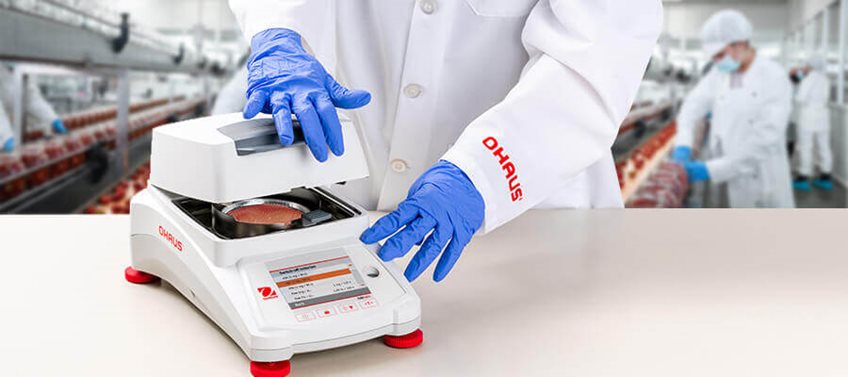
Maximising Moisture Analysers: A Guide to Moisture Content Analysis
In various industries, such as food processing, manufacturing, and pharmaceuticals, moisture content holds significant importance. Therefore, it is crucial to own a high-quality moisture analysers and understand its efficient maintenance and operation.
Moisture levels can affect the effectiveness of medications, the quality and texture of food products, the density of lumber, and the weight of various manufactured goods. Insufficient moisture content monitoring can lead to substantial financial losses in industries where products are sold by weight.
Additionally, moisture analysis is pivotal in quality control and regulatory compliance, particularly in pharmaceuticals. Product integrity can be compromised, production processes can be disrupted, and customer trust can erode due to inadequate moisture analysis practices.
Hence, moisture analysers are a common fixture in numerous work environments. Essentially, a moisture analyser resembles a laboratory balance with a heating element and is employed to determine the moisture content in a material by analysing a small sample. Moisture analysis encompasses various methods for measuring moisture content, typically involving controlled heating of the sample and continuous measurement of its mass change over time.
In the realm of food processing, a moisture analyser serves as a versatile tool. It aids in assessing the quality of raw materials, testing interim food samples, and facilitating the quality control of final food products.

Tips for Maximising Your Moisture Analyser
To consistently attain reliable results, we recommend the following best practices for using a moisture analyser:
- Place the instrument on a stable surface, such as a fixed table. Ensure that any table with wheels has its wheels locked in place.
- Locate your workspace away from open windows, vents, or active fans to prevent external influences.
- Minimise floor traffic, as movement and vibrations can adversely affect the accuracy of results, and it's best to avoid accidental contact with the worktable.
- Keep your device clean to prevent cross-contamination and debris that may hinder smooth operation. Cleaning moisture analysers is straightforward – just remove all metal parts from the chamber, wipe each part with a wet cloth, and ensure they are dry before reassembling.
- Maintain consistent temperature and humidity levels in the room to achieve accurate results.
- Periodically calibrate the weight and temperature to ensure precision and avoid sample damage.
- Utilise the in-use cover to protect the moisture analyser from accidental spills and scratches.
Allow the device to warm up before use. Adhering to these tips not only guarantees reliably accurate results but also prolongs the life of your moisture analyser.
Five OHAUS Moisture Analyser Models to Meet Your Requirements
Depending on your specific application needs, OHAUS offers a range of moisture analysers:

- For basic applications, the MB25 and MB27 models are user-friendly and provide precise results. They feature a 90 mm pan, a backlit LCD display, an in-use cover, pre-sets, and a timer. Both models offer temperature ranges from 50°C to 160°C.
- The MB23 model relies on an infrared coil for heating and can measure moisture content down to 10 mg (0.1%) with a maximum sample capacity of 110 g.
- The MB27 utilises a halogen lamp to heat samples up to 90 g and provides moisture content readings as small as 1 mg (0.01%).
- For more advanced applications, OHAUS presents the MB90 and MB120 Moisture Analysers. These models offer a 90 mm pan, a halogen lamp, multiple communication ports (two USBs and RS232), a full-colour 4.3-inch touchscreen WQVGA display, an in-use cover, a timer, and presets. Both are capable of measuring moisture content as small as 1 mg (0.01%). The MB90 supports a maximum sample capacity of 90 g and has a temperature range of 40°C to 200°C, while the top-of-the-line MB120 can handle a sample capacity of 120 g and offers an impressive temperature range of 40°C to 230°C.
Learn More About Moisture Analysers
If you want to explore the features of OHAUS Moisture Analysers further, check this out:
To discover the ideal Moisture Analyser for your specific needs or for any further information, feel free to contact us.
|
To Find Out More: |
